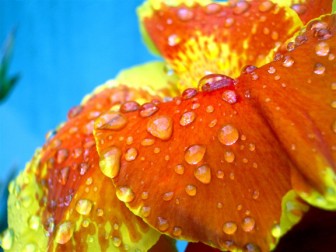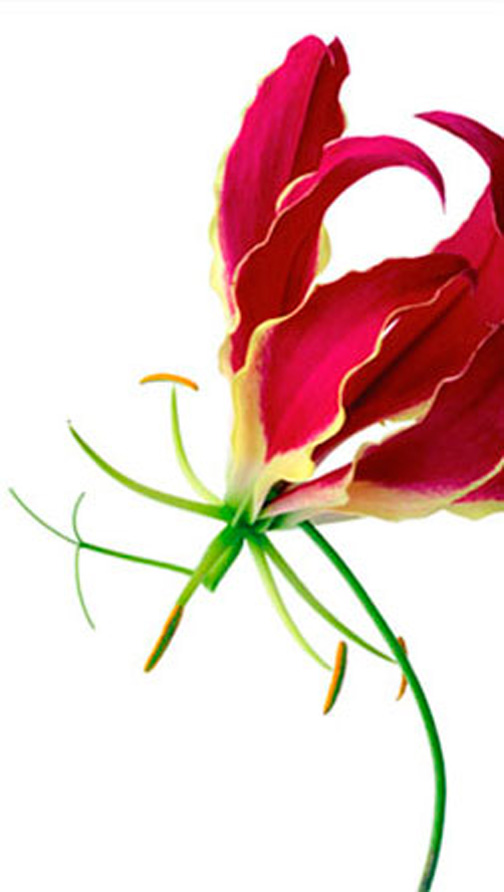A great deal of emphasis nowadays is placed on the importance of healthy living: eating the right foods, drinking the right (unpolluted) liquids, taking in as much good clean air as possible at all times, and exercising until the muscles begin to creak. Nutritionists have written millions of words about junk foods, about the critical importance of fruit and vegetables to be taken on a daily basis by everyone in order to keep us free from the ravages of disease. No boozing. Plenty of walking or running and good living. Sometimes it’s hell on earth trying to keep the pounds down by eating well. I believe such an existence can be unutterably boring – after all a little of what you fancy does you good. Or at least not much harm.  The general life span doesn’t seem to extend much, and if it does the skeleton doesn’t seem to be engineered for excessive longevity and parts seem to wear out eventually due to the pounding they’re getting. Well, it is very different with plants when you come to think of it. They do need to be given the optimum environment and a balanced diet so that they can resist both diseases and pests more effectively. Occasionally they too have to have the attention of the ‘doctor’ and have to be given the right ‘medicine.’ When plants are grown under the wrong conditions and given the wrong food they, just like we do, become sickly and sometimes die. Our job is to battle against that happening.
The general life span doesn’t seem to extend much, and if it does the skeleton doesn’t seem to be engineered for excessive longevity and parts seem to wear out eventually due to the pounding they’re getting. Well, it is very different with plants when you come to think of it. They do need to be given the optimum environment and a balanced diet so that they can resist both diseases and pests more effectively. Occasionally they too have to have the attention of the ‘doctor’ and have to be given the right ‘medicine.’ When plants are grown under the wrong conditions and given the wrong food they, just like we do, become sickly and sometimes die. Our job is to battle against that happening.
 Over fifty years ago I bought a book called Soil conditioners and plant growth. A weighty tome in every sense of the words. It dealt with everything to do with the soil – what was wrong with it and what to do to put it right. A technical and rather large bible of the soil. And, I might add mightily boring in places, but it did deal in great detail with the virtue of composting, and the improvement of the plant root environment by adding compost to the soil. Marvellous stuff, compost. Properly made the authors made you think it was suitable for a main course!
Over fifty years ago I bought a book called Soil conditioners and plant growth. A weighty tome in every sense of the words. It dealt with everything to do with the soil – what was wrong with it and what to do to put it right. A technical and rather large bible of the soil. And, I might add mightily boring in places, but it did deal in great detail with the virtue of composting, and the improvement of the plant root environment by adding compost to the soil. Marvellous stuff, compost. Properly made the authors made you think it was suitable for a main course!
 And as far as plants are concerned, it is. Composed mainly of vegetable matter, properly made compost looks dark brown, slightly on the dry side, crumbly, and smelling of God’s earth. Properly made compost looks the same throughout the heap, and as I have already said, good enough to eat. It consists of vegetable waste from your kitchen or the waste gathered in from the garden. It has not got a great nutritional value but its value in improving the soil structure is enormous.
And as far as plants are concerned, it is. Composed mainly of vegetable matter, properly made compost looks dark brown, slightly on the dry side, crumbly, and smelling of God’s earth. Properly made compost looks the same throughout the heap, and as I have already said, good enough to eat. It consists of vegetable waste from your kitchen or the waste gathered in from the garden. It has not got a great nutritional value but its value in improving the soil structure is enormous.
 The main nutrients needed by plants are nitrogen (for healthy leaf growth), phosphorous for strong root growth and potassium which encourages flower and fruit production and also makes cell walls thicker and better able to resist attack by diseases. These elements are supplied as mixtures of inorganic chemicals which are balanced to suit the needs of most gardeners. You can also buy them as individual chemicals but that means that applications can be a bit hit and miss. Best for the private gardener to buy them already mixed up. So in a nutshell chemicals can be either organic (from natural sources) and applied as bone meal, fish meal, hoof and horn, poultry manure, farmyard manure or from inorganic sources, ie, mixtures of sulphate of ammonia, sulphate of potash, or superphosphate of lime or mixtures of all three. Other chemicals needed by certain plants grown on certain soils where trace element deficiencies could occur can be obtained separately.
The main nutrients needed by plants are nitrogen (for healthy leaf growth), phosphorous for strong root growth and potassium which encourages flower and fruit production and also makes cell walls thicker and better able to resist attack by diseases. These elements are supplied as mixtures of inorganic chemicals which are balanced to suit the needs of most gardeners. You can also buy them as individual chemicals but that means that applications can be a bit hit and miss. Best for the private gardener to buy them already mixed up. So in a nutshell chemicals can be either organic (from natural sources) and applied as bone meal, fish meal, hoof and horn, poultry manure, farmyard manure or from inorganic sources, ie, mixtures of sulphate of ammonia, sulphate of potash, or superphosphate of lime or mixtures of all three. Other chemicals needed by certain plants grown on certain soils where trace element deficiencies could occur can be obtained separately.
 Whatever you are planning to grow or sow you must, must, must make sure that the ground is moist beforehand, especially before you apply any fertilizer, otherwise you will most certainly scorch the leaves and roots and they may not recover from this treatment.
Whatever you are planning to grow or sow you must, must, must make sure that the ground is moist beforehand, especially before you apply any fertilizer, otherwise you will most certainly scorch the leaves and roots and they may not recover from this treatment.
Until next week may your God go with you wherever you may be…










